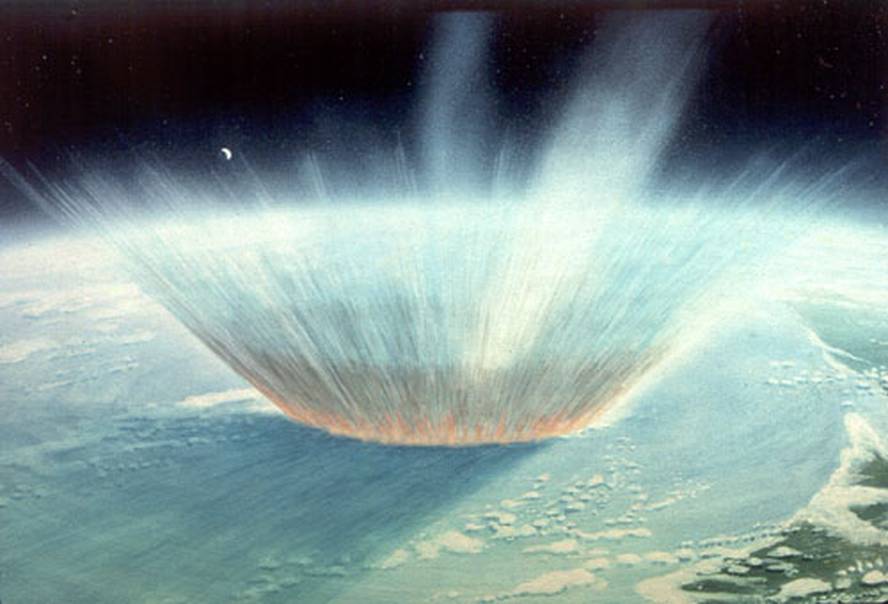They clarify the origin of the asteroid related to dinosaur loss.

66 million years ago, an asteroid hit where the Gulf of Mexico is today, and left a giant crater. Chicxulu. The changes produced by the impact determined the K-Pg limit (formerly known as K/T), i.e. the boundary between the Cretaceous and the Paleogen. Algorri in Zumaia is one of the places where this limit is best appreciated, and one of its characteristics is that 60% of the species disappeared, including most dinosaur species. This impact is considered the main theory to explain the disappearance of dinosaurs.
Now, in samples taken at the K-Pg border, researchers from the University of Cologne (Germany) have analyzed ruthenium isotopes and compared them to samples of cosmic spherules of archaic type (3500-3200 million years) and carbonated of two meteorists. Thus, it has been observed that the ruthenium signature of the K-Pg border is uniform and very similar to that of carbonaceous chondrites, while it does not resemble samples from Earth and other meteorite types. It follows that the asteroid could have gone beyond Jupiter.
As you have explained, it is different from other asteroids and meteorites that have been created for over 500 million years, and it is an absolute exception between bodies that have been launched against Earth, which have arrived from areas of the solar system. The crater Chicxulub was in charge of creating the process, so it follows that it started soon after the formation of the solar system. The study has been published in Science.





